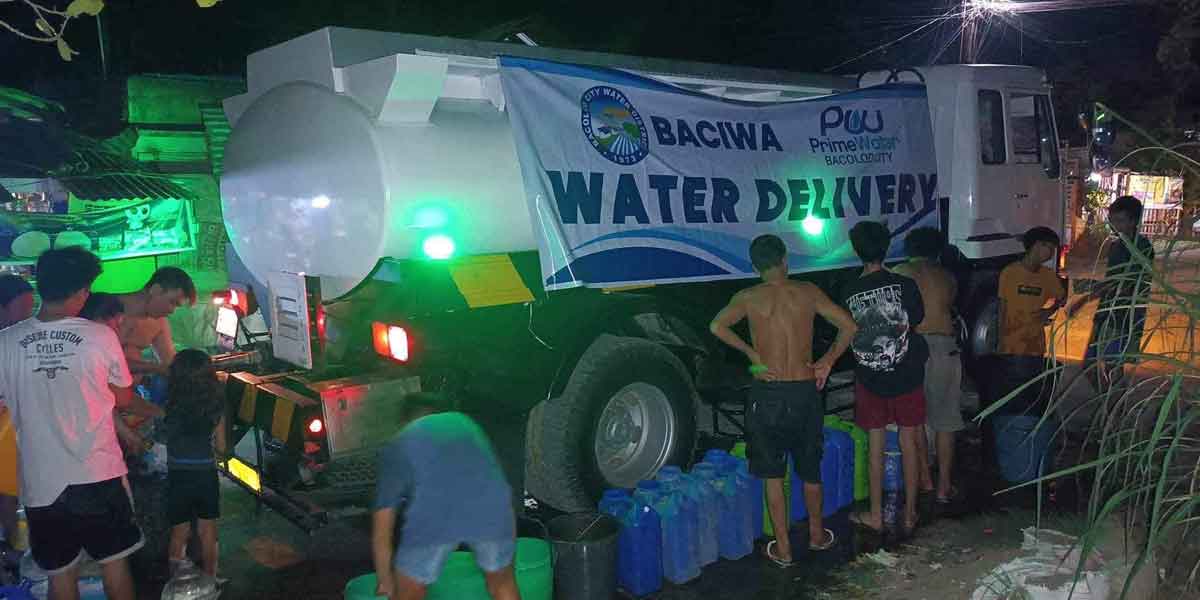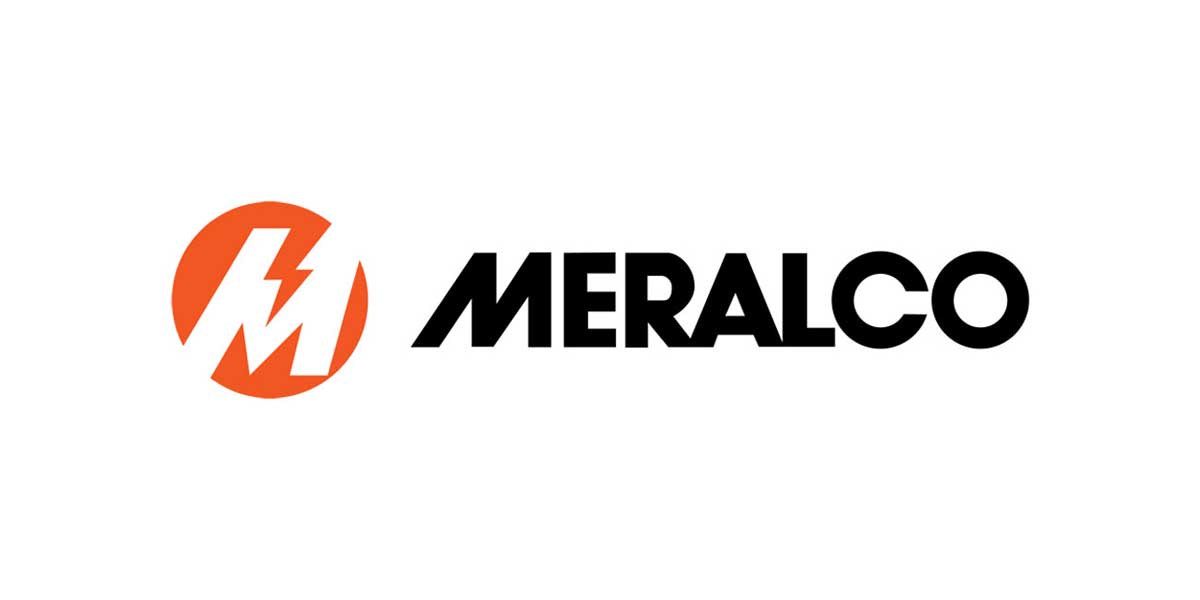 By Edgar Mana-ay
By Edgar Mana-ay
In an Israeli hospital, there is an experimental and successful Covid-19 treatment using human cells. At the Hadassah Ein Kerem Hospital in Jerusalem, five Covid-19 patients in severe conditions were treated with innovative treatment based on human cells donated by healthy people and all have fully recovered and released from the hospital.
Covid-19 infection is accompanied by an aggressive inflammatory response with the release of a large amount of pro-inflammatory cytokines in an event known as “cytokine storm”. The host immune response to the virus is hyperactive resulting in an excessive inflammatory reaction. Studies analyzing cytokines storm correlated directly with lung injury, multi-organ failure, and unfavorable prognosis of severe covid-19.
The new treatment, ALLOCETRA, which is being developed by the Israeli ENLIVEX, is AN IMMUNOTHERAPY that re-balances life-threatening hyperactivity of the immune system, using the immune system’s own natural regulation mechanisms. ALLOCETRA is comprised of billions of densely concentrated early-apoptotic (dying) cells and is infused into the patient’s bloodstream.
By intelligently engaging macrophages and dendritic cells, ALLOCETRA is designed to avert cytokine storms and restore self-immune balance without suppressing the immune system. All five patients were discharged healthy from the hospital after treatment for an average of 5 to 6 days, all tested negative for the virus on the day of their discharge.
ALLOCETRA was developed as the basis of research by Professor Dror Mevorach, head of the Internal Medicine and Corona Department at Hadassah, and has already been successfully tried in the past in 10 patients with sepsis, which is considered a serious disease that currently has no cure.
For almost a year now, Covid-19 has sown tremendous havoc to our economy. We can no longer endure the continued closure of many establishments that caused so many job losses. Businesses need to stay open in order for the Filipinos to survive. But how do we disinfect and protect the populace from the virus which is still on the rampage in wet markets, malls, groceries, offices, doctor’s clinics and hospitals and the different government offices that we have to deal with? In Israel, there is a start-up company called JUGANU that transforms public spaces into safe environments using indoor lighting to inactivate SARS-CoV-2, the virus that causes Covid-19. Its technology called J. PROTECT disinfects areas and prevent the spread of viruses and bacteria. It uses a combination of high-quality surface light mixed with ultraviolet A for continuous disinfection, as well as ultraviolet C light to accelerate the inactivation of pathogens. The LED technology mimics natural light, but blends a light wavelength strong enough to kill viruses and germs.
Protect Technology has been clinically validated through a study conducted Dr. Gal Tamassay at the Bari Lav University Faculty of Medicine, and JUGANU has successfully a pilot in Israel’s Rabin Medical Center with another about to begin in Europe. J. Protect is the only solution in the market today that disinfects differently depending on whether people are present in a room or not. In “Allegro Mode”, J. Protect uses the safest frequency of ultraviolet-A to disinfect continuously throughout the day, when people are present. And the system not only disinfects, but it also provides natural and healthy lights that mimic the sun and is good for the human body. ONCE A ROOM IS EMPTY, the lighting system can be switched to “Presto Mode”. This mode uses UV-C light, which is more potent as a disinfectant to fully sanitize the room in less than an hour. While there are companies that have developed hand-held or robotic dissemination methods for ultraviolet lighting, JUGANU is the only company that mixes the protective frequencies of light in an overhead lighting system that can continuously disinfect a room safely while people are present.
The best disinfection system is the lighting system because it’s a system that is already in place in most rooms and buildings. Smart lighting is evolving from lights simply illuminating spaces to disinfecting and securing them as well as promoting well-being by re-creating natural light shifts based on sunrise and sunset. This is a safe state-of-the-art technology that’s effective, inexpensive and fast-working. It is cost-effective because of its longevity, ease of installation, and because there is no need for manual labor once the product is implemented.
Viruses and pathogens are and always will be present at some time in our life span. The World Health Organization (WHO) announced that as of October 2, 2020, there are already 10 vaccine candidates in Phase III trials. But JUGANU is taking an entirely different strategy with its lighting technology to disinfect rooms and “deactivate covid-19” considering that SARS-CoV 2 can survive up to 28 days on surfaces. While covid-19 continues to run wild, JUGANU might actually provide the light at the end of the tunnel of hope, literally.
In another development, Israel’s Hadassah Hospital vies to become the regional hub for Russian’s covid-19 Sputnik V vaccine. Russia Sputnik V is a “vector” vaccine, it uses traditional technology to piggy-back the genetic instructions on a harmless animal virus, in order to deliver them to human cells. (Refer to my September 1 TDG article on Russia’s Sputnik V vaccine). The two other leading vaccine candidates, from Pfizer and Moderna use ground-breaking but hitherto untried – MRNA technology. It is better to have a diverse stock of vaccines that includes both familiar and pioneering technology. Moscow said last week that its vaccine is 92% effective. The results were generated from tests overseen by Crocus Medical, a clinical trials company with HQ in the Netherlands. The announcement came on the heels of Pfizer’s announcement indicating 90% effectiveness for its vaccine – since updated to 95% and just before Moderna reported a 94.5% figure.
The Russian advantage is its use of the more well-established technology than that employed by Pfizer and Moderna. “RNA” vaccines are unknown as yet, while the Russian technology is a little more proven and that’s the reason Israel Hadassah had chosen it. With Pfizer and Moderna, side effects are being tested on a total of 74,000 people, while in Russia, Sputnik V will soon be used in hundreds of thousands of people by December, hence a good insight will be seen. Recently our Task Force on vaccine is predominantly looking at vaccines from China (Sinovac), the US (Pfizer and Moderna) and the UK (AstraZeneca). The Task Force expects January next year to complete the final test and its full use by May at the earliest. Looks like their final shopping list is for three brands of vaccines that they will not disclose. I think the Task Force should also take a serious look at Sputnik V, the vaccine produced by Russia.

























